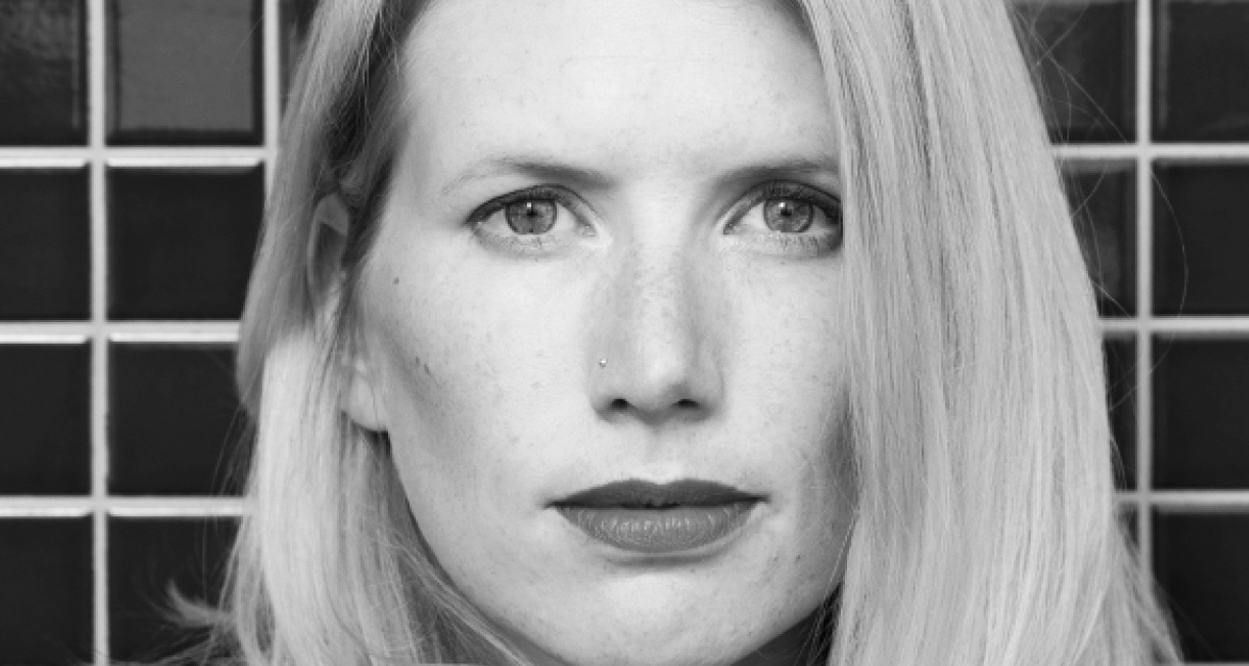
Anne Miltenburg is a Dutch brand director on a mission to leverage the power of brand for social and environmental causes. Based in Nairobi, Kenya, she is the founder of Brand The Change, an independent learning organization that trains change makers in brand building skills. Here, she offers personal insights on how designers should build their brand with purpose.
I am assuming that if you are reading this you’re a designer—possibly a young designer. So my first piece of advice on building your brand is: don’t do it. At least not in the way most designers do it.
As someone who builds brands for others for a living, who teaches people how to think more like brand strategists, and has to do quite a bit of brand building for my own business, this might seem odd and counter intuitive. But there are solid reasons.
We spend a disproportionate amount of time focusing on what most people consider brand building. We create nice portfolio websites; we get kick-ass business cards; we sit on a design award jury; we write blogs, tweet, lecture at renowned colleges; and we put our coffees and design processes on Instagram. But to what end?
The fact is, most people watching all this are other designers. Which buys you nothing, unless you are looking to switch to another agency soon, or you merely want to be famous amongst your own set. Of course, there is nothing wrong with that and it’s entirely your prerogative to pursue.
But for many of us, building our brand becomes a goal on its own, creating countless tasks and sucking away precious hours in the week. Before embarking on the endless self promotional marathon required to sustain your career over a couple of decades, invest time in answering one big question: Where do you want to be in five years?
That might sound cliched but you need to identify what you want to be working on, who you want to work with, and where you want to work from. You need to make your dream concrete and tangible. You can do this by focusing on two or three dream projects or designing your ideal design practice.
Now consider what you need in order to get there: what should your reputation be, who needs to know about you, and how will they find out?
I’ll dust off one of my own experiences as an example and to provide some personal context. Four years ago I was working as creative director at Interbrand. But I realized branding skills could be used for more meaningful purposes and asked myself how I could help create a world where a family starting a fair trade lemonade factory has as much access to branding knowledge as a company like Coca-Cola. I decided to start a learning company that helps social entrepreneurs build stronger brands. I made this dream really tangible by being very specific about what I wanted my week to look like: working with female entrepreneurs in Jordan on Monday and Tuesday, hosting workshops in Kenya on Thursday, and doing research and writing on Friday. I knew my dream clients needed to recognize me as an authority in the field of branding for social enterprise so I mapped out who I needed to know about my venture, where they hung out and what they read, whose recommendations would matter, and which partnerships would impress (product placement alert: in doing all this I was using my own branding tools, of course).
I asked myself how I could help create a world where a family starting a fair trade lemonade factory has as much access to branding knowledge as a company like Coca-Cola.
I then developed a training format prototype and piloted it around the world at well known social enterprise institutes. This led to being invited to a social enterprise institute in Nairobi, which was in my original plans. A Saudi Princess saw my workshop in Amsterdam and invited me to Riyadh. I also pitched my essays on branding for social change to the media platforms that social entrepreneurs read, like Stanford Social Innovation Review. Word quickly spread amongst social impact funders, co-working spaces and educational institutes. I accepted only specific assignments that would build our expertise in branding for social change, and said no to other assignments that wouldn’t contribute to building our expertise or reputation as experts on the topic. The lesson: focus at first comes at a price, but it pays off massively over time.
Focus at first comes at a price, but it pays off massively over time.
Today, my reputation means that, for many people I’m the person to go to if you want to build a brand with purpose. And I have achieved almost every single goal I set for my business—through building a brand the smart way.
This is exactly what a brand is supposed to do: to get you where you want to be going. So, don’t fall into the brand building trap of self promotion without a purpose. Make your goals concrete, create a good brand strategy to get there, and your brand will start to do a lot of the heavy lifting for you.